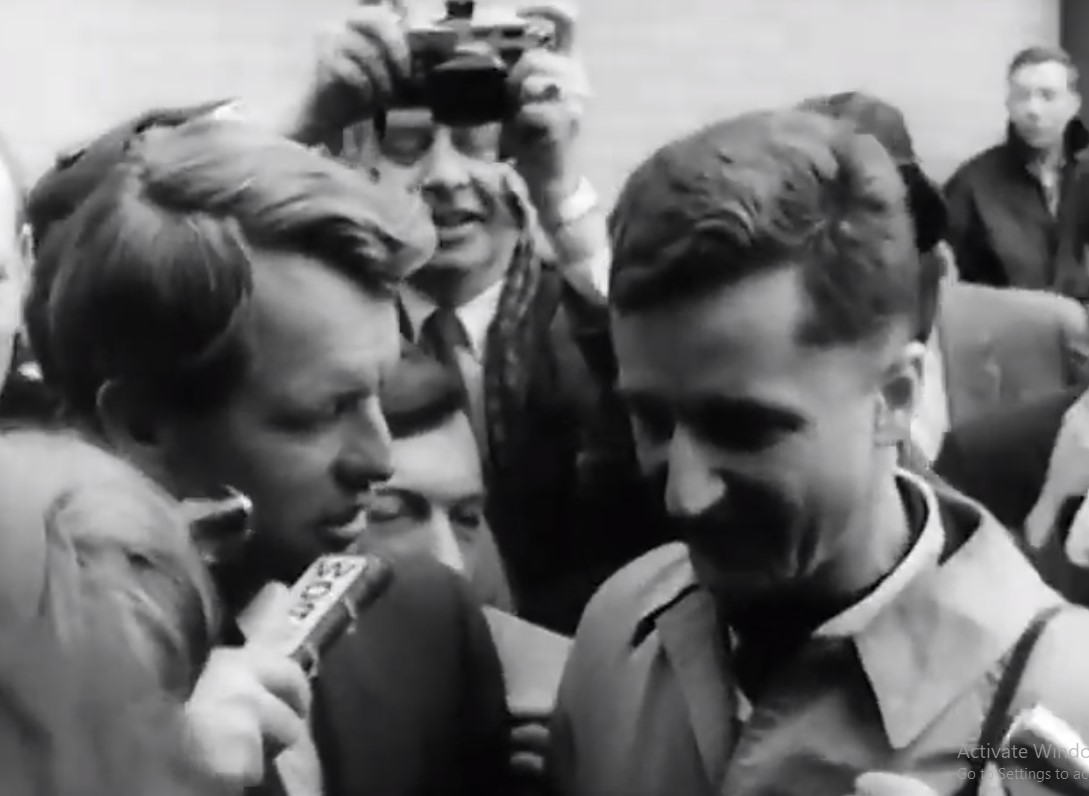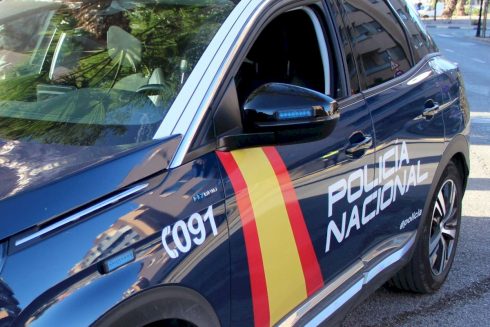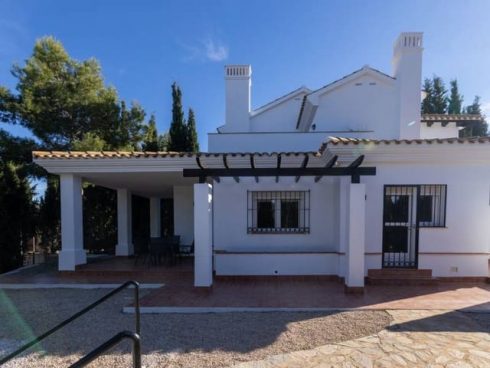IT started as a Cold War tale of intrigue involving a spy, international headlines and appearances from Robert and Edward Kennedy.
It ended when a shepherd in a remote backwater of Spain discovered a decomposing corpse in a gulley.
The mystery man could only be identified from documents found in a nearby wallet.
Guardia Civil decided the body was that of 48-year-old Vladimir Kazan-Komarek – an American citizen of Czech descent.
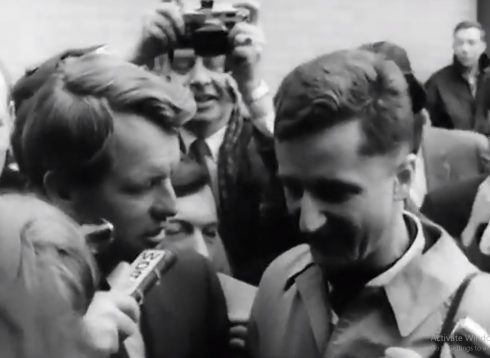
The year was 1972, with Spain still under the thumb of fascist dictator Francisco Franco and the world in the depths of the Cold War. The location was the now bustling – then sleepy – town of Estepona on the Costa del Sol.
Kazan-Komarek had first come to public attention six years previously when he became embroiled in a spy scandal that would not have been out of place in the pages of a John le Carré thriller.
It involved the shadowy world of espionage and high level diplomatic negotiations.
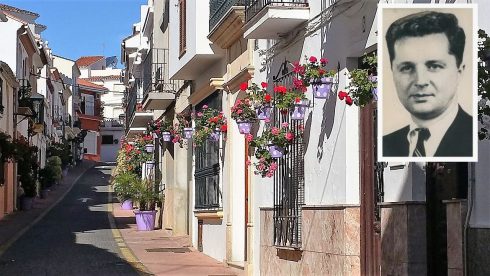
What was known was that on October 31,1966, when Vladimir was returning from a travel agents’ conference in Moscow, the Soviet airliner on which was traveling — supposedly on a nonstop flight to Paris —was diverted to Prague for ‘mechanical reasons’.
It has never been proven that the flight was deliberately diverted at the behest of Czechoslovakia, but the authorities certainly grabbed their chance to lay their hands on the suspected spy.
He was hauled off the plane and charged with setting up and operating an underground espionage and terrorist network in the communist country between 1948 to 1950.
They also held him responsible for the death of a policeman.
Press reports from the Czechoslovak media had previously identified him as an agent for United States Army Counterintelligence.
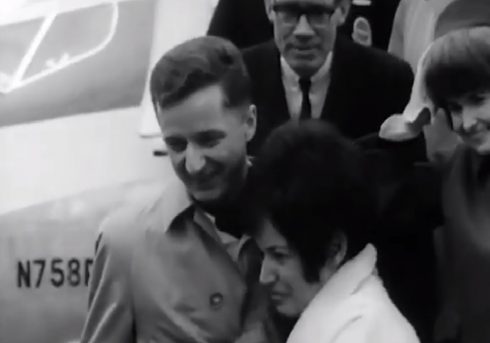
A prisoner of the Nazis during World War II, Kazan-Komerak had worked for the US army in Germany in 1945 and 1946, before he returned to his home country.
But when the communists took control, he fled Czechoslovakia in 1948 and lived in Paris before moving to the US in 1953.
There he faded into the background, marrying a noted beauty, fathering five children and becoming a US citizen, all while settling into life as a travel agent.
Life seemed to be going well until he made his fateful Moscow trip. In Prague he was charged with high treason and espionage.
During the Kazan-Komarek trial in 1967, the most serious charges that he had been an American intelligence agent were quietly dropped after an intense diplomatic campaign by the US government.
He was instead convicted on lesser charges of subversive activities against the Czechoslovakian state and jailed for eight years.
His rapid release was brought about largely through the intervention of Senator Edward Kennedy, whose brother Robert was present when Kazan-Komarek’s flight touched down on American soil.
Once safely back in the US, Vladimir admitted that the charges against him were partly true. He had helped people escape from Czechoslovakia, believing that he was working for French intelligence.
Subsequent investigations found he was being rather modest with the truth.
It is believed that he was one of the most important agents for the French Secret Service (SDECE). And that he returned to the other side of the Iron Curtain to organise a network to rescue people threatened with death or prison for their resistance against the regime’s dictatorship.
The network was liquidated by communist police and Kazan-Komarek alone managed to make it back to the West after a shoot-out with border guards. Seriously injured, he returned to Paris and spent several months in hospital.
While the case caused a sensation at the time, Vladimir faded into the background. He severed ties with the Harvard Travel Service, of which he had been president.
Then in 1971 he left his wife and five children in Wellesley, Massachusetts and disappeared to Europe.
In November that year he resurfaced in Estepona where he lived alone in a small flat.
Guardia Civil investigators said he led a normal life, passing his time writing a book about flying.
He made friends with expat Americans and was due to fly to the US with a Canadian couple when he disappeared
On June 5, 1972, the United States consulate in Sevilla was informed by Samuel Berman, an American living in Estepona, that Kazan-Komarek had been missing since May 11.
The authorities discounted the report after being informed he had been seen in the first week of June. But a body was discovered on September 7 in a hillside gully on a farm outside Estepona.
A Marbella court decided there were no signs of foul play and confirmed the corpse’s identity as Kazan-Komerak through the documents found nearby, together with a key to his front door.
Strangely, the US authorities in Spain failed to inform his widow of the death. That was left to the Canadian couple he had been set to travel with some months earlier.
US State Department officials said there was no indication that Kazan-Komarek might still have been involved in intelligence work, and insisted he had not been employed by any United States intelligence agency. And there the matter rested.
But the mystery of his life and death has never quite been forgotten. There are still people who wonder if the body truly was his and why he should have given up a successful career and large family to disappear into what was, at the time, a remote backwater of a country living under a dictatorship.
READ ALSO:
- Ciudad Badia: The strange story of the Francoist town designed on map of Spain that became haven for drugs and decay
- Thomas of Torquemada: Who was the famous torturer of the Spanish Inquisition
- IN PICS: Take a look at Spain’s extraordinary scrap cathedral built entirely by one man

